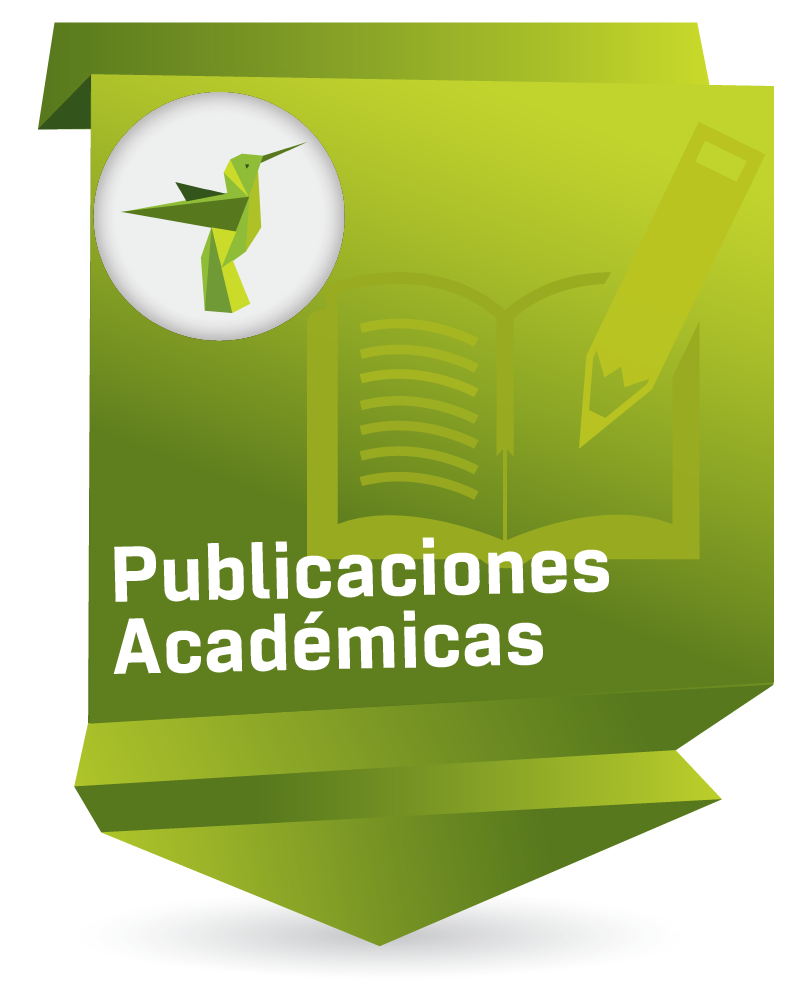Strengthening integrated learning: Towards a new era for pluriliteracies and intercultural learning
Fortalecimiento de aprendizaje integrado: hacia una nueva era para pluri-alfabetizaciones y aprendizaje intercultural

Enlaces del Item
URI: http://hdl.handle.net/10818/21864Visitar enlace: http://laclil.unisabana.edu.co ...
Visitar enlace: http://laclil.unisabana.edu.co ...
ISSN: 2322-9721
DOI: 10.5294/laclil.2015.8.2.2
Compartir
Estadísticas
Ver Estadísticas de usoCatalogación bibliográfica
Mostrar el registro completo del ítemAutor/es
Coyle, DoFecha
2015-07Resumen
Over the last two decades, the expansion of Content and Language Integrated Learning (CLIL) on a global scale has brought to the fore challenges of how alternative, more holistic approaches to learning might transform classrooms into language-rich transcultural environments. Integrated approaches have the potential to offer learners the opportunity to engage in meaning-making and language progression through cognitively challenging and culturally-embedded sequenced activities, which are reflected in the 4Cs Framework (Content, Cognition, Communication, and Culture). However, the 4Cs also present many challenges—it is well documented that the potential of CLIL is difficult to realise due to the impact of complex contextual variables. The importance of classroom language is emphasised, as is the need for learners to access different kinds of language to enable them to learn effectively using a language which is not their first—as represented in the Triptych. Whilst the 4Cs bring together the components of CLIL, research by the Graz Group into how these might be integrated has led to the development of the Pluriliteracies Framework. The core of the Pluriliteracies model lies in the space where conceptualizing and communicating come together. Here learners are encouraged to language (or articulate) their learning in their own words. For this to happen, new ways of conceptualizing, planning, and sequencing activities that support learners in accessing new knowledge whilst developing existing and new language skills have to be shared and understood by teachers. The Pluriliteracies model is evolving, and there is a clearly a need for further work. La expansión de Aprendizaje Integrado de Contenidos y Lenguas Extranjeras (AICLE) en una escala global ha traído delanteros
los desafíos de como los enfoques alternativos y más integrales podrían transformar las aulas en entornos transculturales
ricos en lenguaje. Los enfoques integrados pueden ofrecer los alumnos oportunidades para participar en la creación de la
significancia y la progresión de la lengua por medio de actividades secuenciadas cognitivamente desafiantes y culturalmente
empotrados, como se refleja en el Marco de los 4C (Contenido, Cognición, Comunicación y Cultura). Estos enfatizan lenguaje
del aula, así como las necesidades de los alumnos para acceder a la variedad de lenguaje que les ayuda a aprender un
idioma adicional con eficacia, como se representa en el Tríptico de Lenguaje. Sin embargo, está bien documentado que las
variables contextuales complejas hacen difícil realizar el potencial de AICLE. Investigaciones recientes realizadas por el Grupo
de Graz en la manera de integrar mejor los componentes de las 4Cs ha llevado al desarrollo del Marco de Pluriliteracidades,
en el que la conceptualización y la comunicación se unen y se anima a los alumnos a lenguar (o articular) su aprendizaje en
sus propias palabras. Esto exige nuevas formas de actividades de conceptualización, planificación, y secuenciación que soportan
los alumnos en el acceso a nuevos conocimientos mientras que desarrollan existentes y nuevas habilidades lingüísticas
deben ser compartidos y comprendidos por los maestros. El modelo del Pluriliteracidades está evolucionando, y hay
una clara necesidad de seguir trabajando
Palabras clave
Ubicación
Latin American Journal of Content & Language Integrated Learning; Vol 8, No 2 (2015); p. 80-103

















